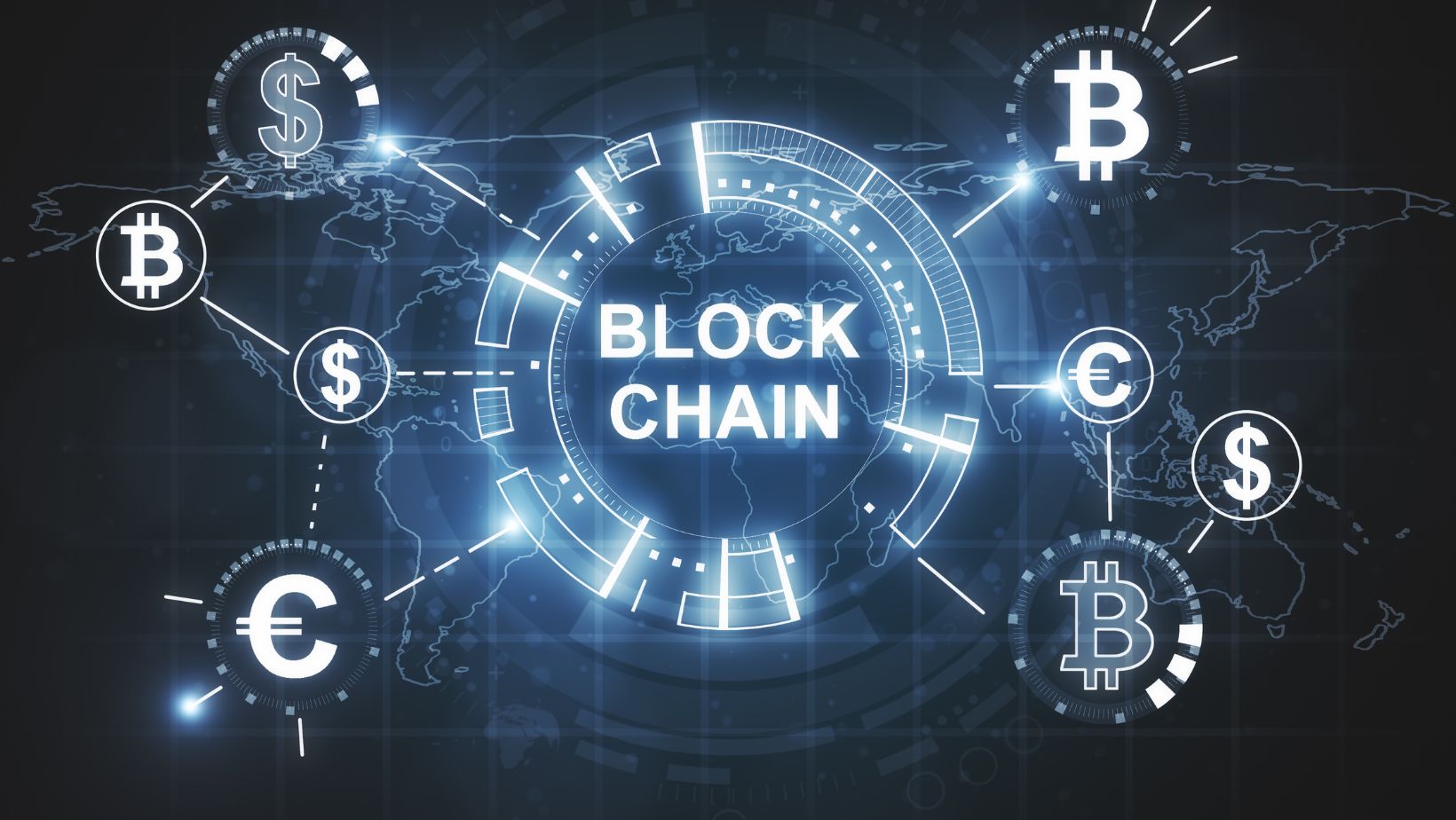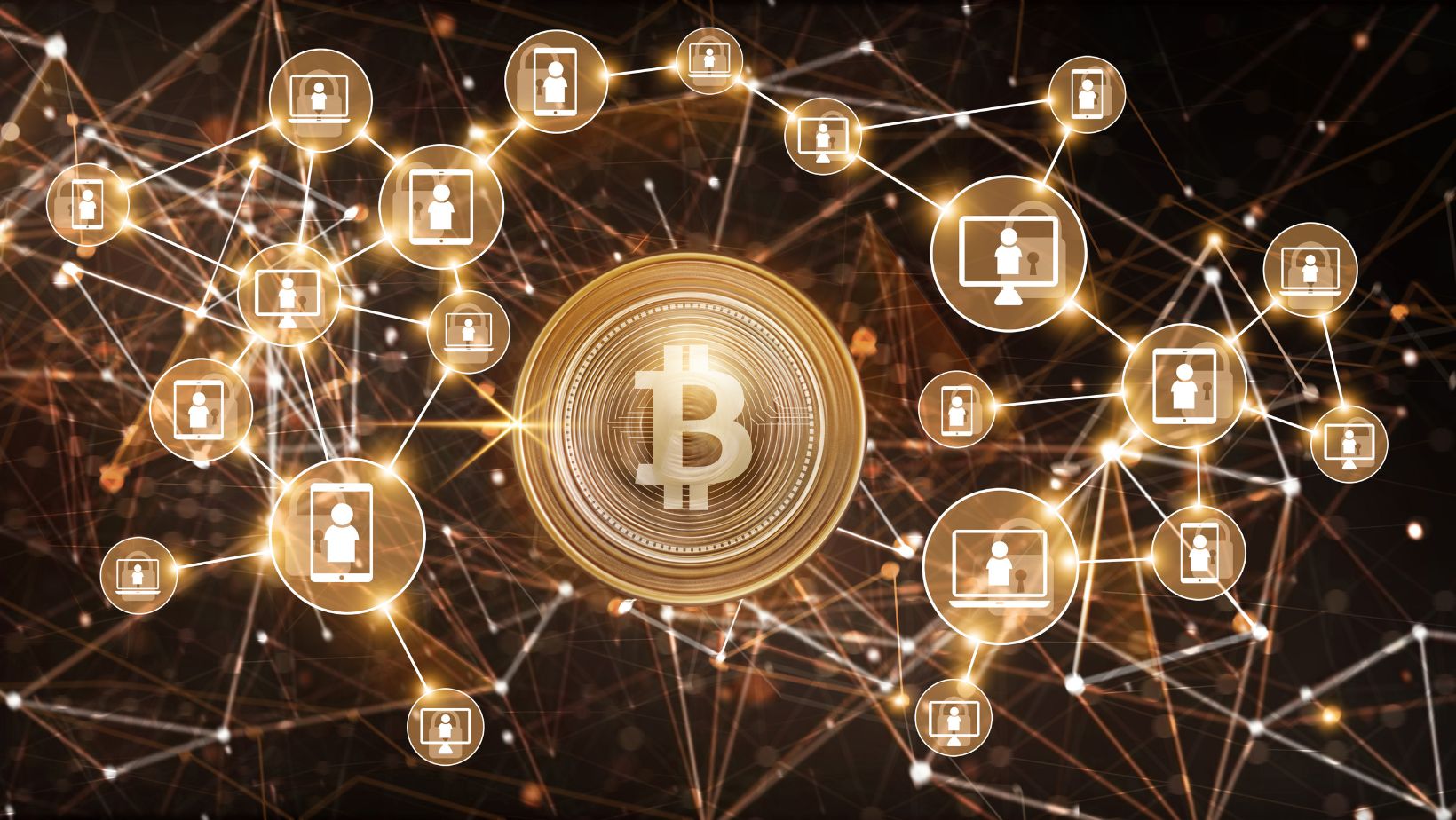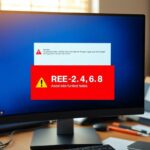
Exploring Blockchain Art: The Future of Creativity, Ownership, and Market Transparency
Key Takeaways
- Revolutionary Shift in Art: Blockchain art transforms the art market by enabling artists to create, sell, and authenticate digital artworks without traditional intermediaries, providing more control and access to a global audience.
- Role of NFTs: Non-fungible tokens (NFTs) are central to blockchain art, serving as unique digital certificates that verify ownership and provenance, thus enhancing security and trust in transactions.
- Decentralization Benefits: The decentralized nature of blockchain eliminates the need for galleries or auction houses, empowering artists to reach broader markets while promoting an inclusive art community.
- Enhanced Transaction Transparency: Blockchain technology records verifiable transaction histories, allowing collectors to trace art provenance and make informed purchasing decisions, minimizing risks of forgery.
- Challenges Persist: The blockchain art movement faces significant challenges, including environmental concerns related to energy consumption and market volatility that can affect investment stability.
- Emerging Platforms: Notable platforms like OpenSea and Rarible are paving the way for artists and collectors by providing user-friendly environments to create, buy, and sell NFTs.
In recent years, blockchain technology has revolutionized the art world, giving rise to a new form of creativity known as blockchain art. This innovative approach leverages the decentralized nature of blockchain to create, sell, and authenticate digital artworks, transforming how artists and collectors interact. With the rise of non-fungible tokens (NFTs), artists now have unprecedented control over their work and can reach global audiences without traditional gatekeepers.
Blockchain art isn’t just a trend; it’s a movement that challenges the conventional art market. By ensuring provenance and ownership through smart contracts, it offers a level of transparency and security previously unseen. As artists embrace this digital frontier, the potential for creativity and investment in blockchain art continues to expand, captivating both seasoned collectors and newcomers alike.
Blockchain Art
Blockchain art represents a significant shift in the creation and distribution of digital artworks. This innovative approach leverages blockchain technology’s decentralized framework, enabling artists to mint, buy, and sell unique digital pieces without reliance on traditional galleries or auction houses.
Artists employ non-fungible tokens (NFTs) to establish ownership and provenance for their works. Each NFT serves as a verifiable digital certificate that links the artwork to its creator, enhancing security and reducing the risk of forgery. Consequently, artists maintain greater control over their intellectual property and can set specific terms regarding royalties through smart contracts.
The transparent nature of blockchain fosters trust between artists and collectors. Buyers can easily track an artwork’s history, validating its authenticity and investment value. Moreover, the global reach of blockchain platforms connects artists directly to international audiences, expanding market opportunities.
As a result, blockchain art not only democratizes access to art but also cultivates a diverse ecosystem where creativity thrives unbound by geographic limitations. This evolving landscape continues to attract established and emerging talents alike, solidifying its position within the digital art movement.
Key Features Of Blockchain Art
 Blockchain art incorporates essential features that differentiate it from traditional art, enhancing the creation, sale, and ownership of digital assets.
Blockchain art incorporates essential features that differentiate it from traditional art, enhancing the creation, sale, and ownership of digital assets.
Decentralization
Decentralization forms the backbone of blockchain art, eliminating the need for intermediaries. Artists gain direct access to global audiences, allowing them to sell their work through various platforms without traditional gallery restrictions or fees. This shift empowers artists to maintain creative control and expand their reach worldwide. The decentralized nature also fosters a more inclusive environment for both artists and collectors, enabling diverse voices and perspectives within the art community.
Ownership Verification
Ownership verification ensures the authenticity of blockchain art through non-fungible tokens (NFTs). Each NFT serves as a unique digital certificate that establishes a clear connection between the artwork and its creator. This verification process allows collectors to confidently invest in pieces, knowing their value is tied to verified ownership. Buyers can trace an artwork’s provenance, providing assurance against forgery and misrepresentation. This feature significantly enhances trust within the marketplace, promoting a secure ecosystem for artists and collectors alike.
The Impact Of Blockchain On The Art Market
Blockchain technology significantly transforms art market dynamics, streamlining processes and fostering trust. It introduces innovative solutions that benefit artists, collectors, and the overall ecosystem.
Simplifying Transactions
Blockchain simplifies transactions by enabling direct peer-to-peer exchanges. Artists can sell their digital artworks seamlessly, bypassing traditional auction houses and galleries. One example includes platforms like OpenSea, where creators list their NFTs directly for sale, allowing buyers to purchase without intermediary fees. As transactions occur on secure and immutable ledgers, both parties can have confidence in the validity of their agreements, reducing the likelihood of disputes.
Enhancing Transparency
Blockchain enhances transparency within the art market by providing verifiable transaction histories. Each artwork’s provenance is recorded on the blockchain, allowing collectors to trace its ownership back to the original creator. For instance, platforms like Rarible make it easy for buyers to access detailed histories of NFTs. This high level of transparency mitigates risks of forgery and fraud, cultivating a trustworthy marketplace. Collectors can make informed purchasing decisions based on the comprehensive information available, strengthening their investment confidence.
Notable Blockchain Art Platforms
Several platforms have emerged to support the blockchain art movement, enabling artists and collectors to navigate the digital art landscape effectively.
OpenSea
OpenSea ranks as one of the largest NFT marketplaces, offering a vast array of digital artworks and collectibles. Artists can mint, list, and sell their creations directly to buyers, fostering a direct connection between creators and art enthusiasts. OpenSea supports several blockchain networks, including Ethereum and Polygon, enhancing accessibility for users. With robust search features and customizable profiles, collectors easily discover new artists and unique pieces. The platform facilitates seamless peer-to-peer transactions, allowing buyers to engage with a global community of creators.
Rarible
Rarible serves as a decentralized platform tailored for artists and collectors seeking engagement with NFTs. It allows users to mint tokens, creating digital ownership certificates for their artworks. Rarible’s unique governance model empowers users to participate in platform decision-making through its native token, RARI. This community-focused approach fosters a collaborative environment for innovation. Additionally, Rarible provides extensive analytics tools, enabling collectors to track trends and evaluate the market. The transparency of the platform enhances trust, making it an attractive option for both emerging and established artists looking to showcase their work.
Challenges Facing Blockchain Art
Blockchain art faces significant challenges that can impact its growth and acceptance. Two primary issues include environmental concerns and market volatility.
Environmental Concerns
Blockchain technology, particularly proof-of-work systems like Ethereum, consumes vast amounts of energy, raising environmental concerns. Studies indicate that certain blockchain networks can produce carbon footprints comparable to small countries due to the energy-intensive mining processes. The transition to more energy-efficient models, such as proof-of-stake, aims to address these concerns but remains a work in progress. Artists and collectors increasingly seek sustainable alternatives, and the industry must prioritize environmentally friendly solutions to foster broader acceptance.
Market Volatility
Market volatility poses a critical challenge to blockchain art. The prices of non-fungible tokens (NFTs) can fluctuate significantly, leading to uncertain investment climates. Speculation drives much of the market, resulting in rapid changes that can deter long-term collectors. For example, a digital artwork may sell for millions one week but lose most of its value shortly after. This instability complicates the establishment of blockchain art as a reliable investment option. Addressing volatility through clearer pricing mechanisms and market education is essential for creating a more stable environment for artists and collectors alike.
Blockchain art is redefining the art landscape by empowering artists and collectors alike. This innovative approach not only enhances the authenticity and security of digital artworks but also democratizes access to creativity. As artists leverage blockchain technology to connect directly with audiences, the art market becomes more transparent and trustworthy.
Despite facing challenges like environmental impacts and market volatility, the movement continues to grow. The potential for sustainable practices and clearer pricing strategies will be crucial in solidifying blockchain art’s future. As this dynamic field evolves, it promises to reshape how art is created, distributed, and valued in the digital age.



